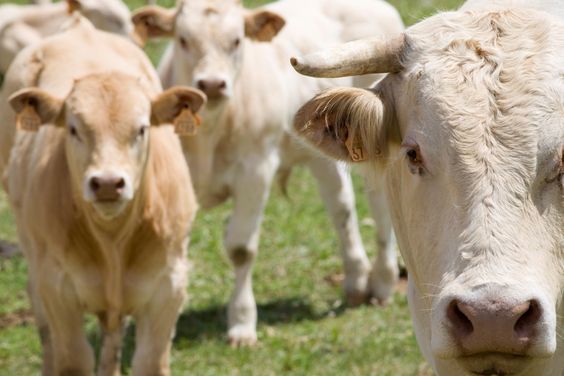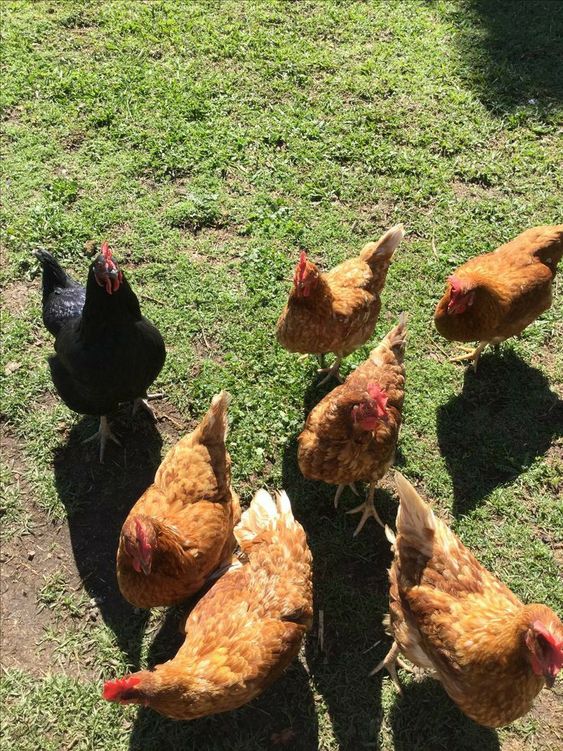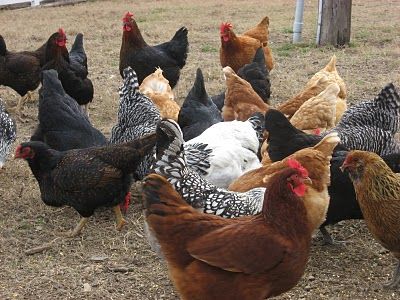Livestock Production: Strategies for Increased Output
Livestock Production sector plays a vital role in global food security, providing essential protein, milk, eggs, and fiber. As the human population grows, so does the demand for these products. To meet this growing demand, farmers need to find ways to increase livestock production sustainably.
This guide explores various strategies to enhance livestock production, focusing on animal health, nutrition, breeding, management practices, and technological advancements.
Animal Health and Welfare
- Disease Prevention: Vaccinations, parasite control, and maintaining a clean environment are crucial for preventing outbreaks. Healthy animals have better feed conversion rates and produce more offspring.
- Veterinary Care: Regular veterinary checkups can identify health issues early on, minimizing production losses. Early intervention can also prevent the spread of diseases within the herd.
- Stress Reduction: Animals exposed to stress experience decreased production. Providing a comfortable environment with adequate space, ventilation, and shade minimizes stress.
Nutrition and Feeding
- Balanced Diets: Livestock require a balanced diet containing all the necessary nutrients for optimal growth and reproduction. Formulating feed rations based on the animal’s age, breed, and production stage ensures they receive the nutrients needed for peak performance.
- High-Quality Feed: Feeding livestock high-quality forages, grains, and supplements leads to better feed conversion rates, meaning less feed is wasted and more goes towards production.
- Proper Feed Management: Ensuring animals have access to clean and fresh water is essential. Regular cleaning of feeders and proper storage of feed minimizes spoilage and reduces the risk of contamination.
Breeding and Genetics
- Selective Breeding: Breeding animals with desirable traits like high milk yield, fast growth rate, and disease resistance improves the overall productivity of the herd over time.
- Artificial Insemination (AI): AI allows farmers to introduce superior genetics from high-performing sires, improving the offspring’s production potential.
- Embryo Transfer: This technique allows for the multiplication of high-genetic-merit animals, accelerating genetic improvement within the herd.
Livestock Management Practices
- Stocking Density: Maintaining an appropriate stocking density prevents overcrowding, which can lead to stress, disease transmission, and decreased production.
- Record Keeping: Keeping detailed records of animal health, performance data, and breeding history allows farmers to track progress, identify underperforming animals, and make informed management decisions.
- Biosecurity: Implementing strict biosecurity measures helps prevent the introduction of diseases onto the farm. This includes protocols for animal movement, quarantine procedures for new animals, and disinfection of equipment.
Technological Advancements
- Precision Livestock Farming (PLF): PLF utilizes sensors and data analysis to monitor animal health, behavior, and production parameters in real-time. Farmers can then make informed adjustments to improve animal welfare and manage resources efficiently.
- Automated Feeding Systems: Automated feeding systems ensure consistent feed delivery and reduce labor costs. These systems can also be programmed to provide customized feed rations based on individual animal needs.
- Genetic Testing: Advancements in genetic testing allow for the identification of animals with desired genetic traits at a young age, enabling targeted breeding programs for faster genetic improvement.
Sustainable Practices for Increased Production
While increasing production is essential, it’s equally important to ensure sustainable practices are followed. Here are some key considerations:
- Manure Management: Manure can be a valuable fertilizer, but improper management can pollute waterways. Implementing composting or biogas digester systems helps utilize manure efficiently while minimizing environmental impact.
- Water Conservation: Livestock production requires a significant amount of water. Implementing water-saving technologies like low-flow watering systems and efficient cleaning procedures can help conserve this precious resource.
- Pasture Management: Sustainable grazing practices promote healthy pastures, leading to better feed quality and improved animal health. Practices like rotational grazing allow for pasture rejuvenation and minimize land degradation.
Conclusion Livestock Production
Livestock Production By implementing a combination of these strategies, farmers can strive to increase livestock production while ensuring the well-being of their animals and the sustainability of their practices. Continuous research and development in animal health, nutrition, breeding, and technology will continue to provide new opportunities for further advancements in the livestock sector. Ultimately, a focus on responsible production practices will contribute to increased food security for a growing global population.






